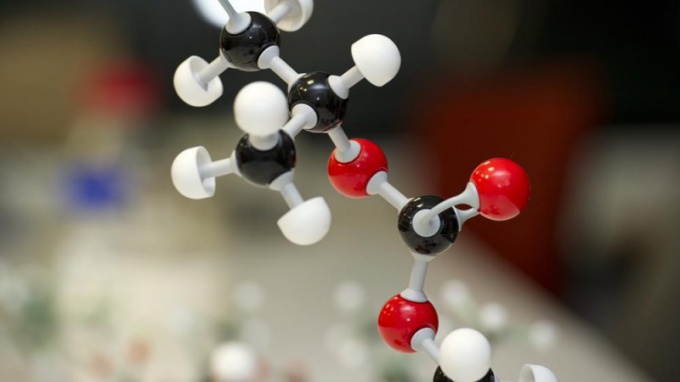Carbon dioxide gas (CO2) is a product of metabolism occurring in the human body. Formed in tissue cells gas moved by diffusion in the tissue capillaries. Once in the erythrocytes, the carbon dioxide gas comes into chemical interaction with water, and the result is carbonic acid. This reaction is catalyzed by carbonic anhydrase - specific enzyme, which is deployed only in the red blood cells. In plasma it is not.The reaction occurring in the erythrocytes, does not allow the concentration of carbon dioxide gasand in these cells to reach high numbers. As a result, in the red blood cells are constantly new molecules diffuse gas. Osmotic pressure within blood cells increases and with it increases the water content. This leads to the increase in the volume of red blood cells.Changes in cells lead to the emergence of "Haldane effect". The essence of the effect that the binding of oxygen to hemoglobin displaces from the blood of carbon dioxide. This is essential in the transport of carbon dioxide from the tissues to the lungs. Transport of carbon is in the form of salts bicarbonates.To carbonic acid is turned into bicarbonate, essential potassium ions. Their source is hemoglobin.As a result of these chemical reactions in tissue capillaries increasing the amount of carbon dioxide gasin the form of potassium bicarbonate. In this way it is easier to transport to the lungs.In the capillaries of the pulmonary circulation, the concentration of carbon dvuokisi low. He split off CO2. At the same time, oxyhemoglobin is formed. It displaces bicarbonate from potassium ions. In red blood cells carbonic acid is split into CO2 and water. Carbon dioxide gas is derived from pulmonary alveoli during the process of exhalation.
Where the carbon dioxide is carried away by blood
In the human body inhaled oxygen undergoes a series of transformations. From the lungs through the blood it is carried to the organs and is involved there in vital chemical reactions. Then the red blood cells transporterowych it through the veins back to the Airways in the form of carbonic acid. The smallest vesicles of the lungs - the alveoli - are collected, this chemical compound in your capillaries, where carbon dioxide gas takes its classic look. In this form the person it exhales.

Is the advice useful?